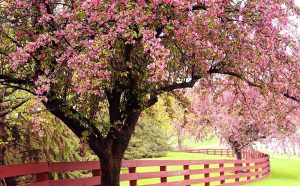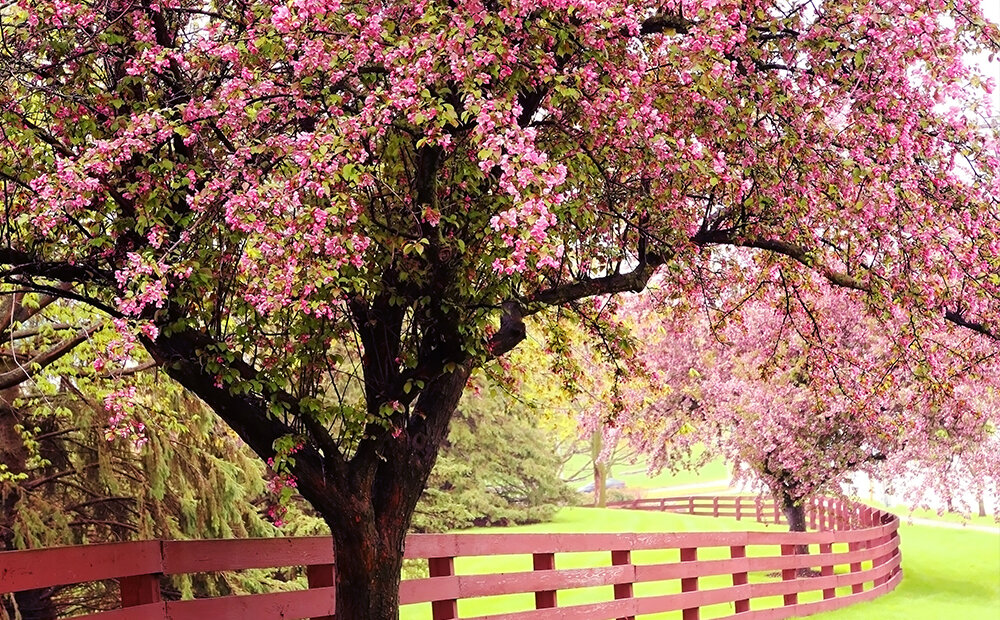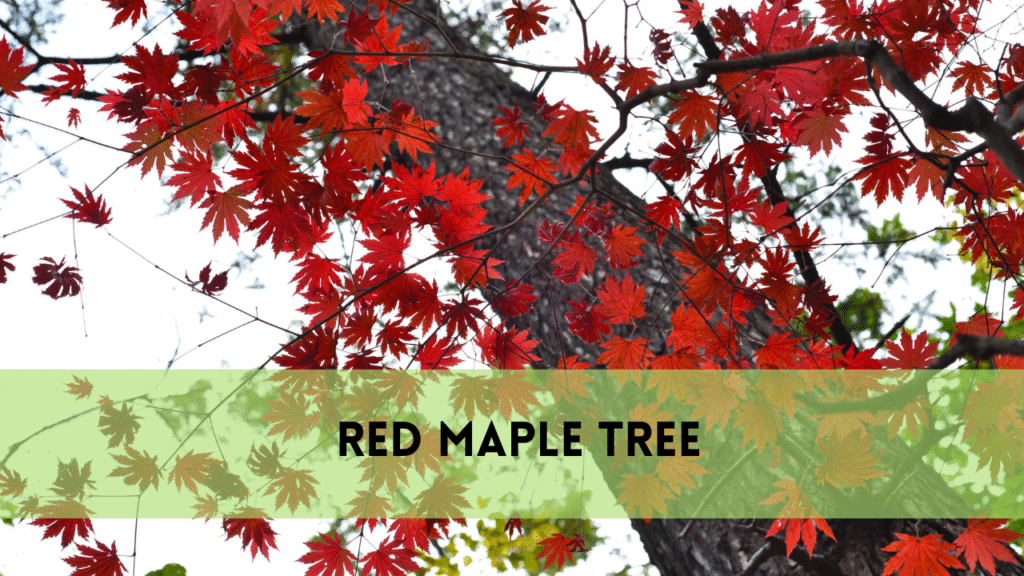Spring Tree Care Tips for Houston Residents
Spring is an important time to care for trees, especially for Houston residents. As the weather warms and the days lengthen, now is an excellent time to focus on the health and vitality of your trees. This guide includes detailed instructions on how to care for your trees this spring, ensuring that they remain healthy and vibrant throughout the growth season.
Spring Tree Care Tips for Houston Residents

Understanding Houston’s Climate Impact on Trees
Houston’s subtropical environment creates unique challenges and opportunities for tree maintenance. With high humidity, strong heat, and occasional heavy rain, it’s critical to tailor your tree care techniques to the environment. Understanding these climate elements will allow you to make more informed decisions about how to best support your trees’ growth and health.
1. Evaluate Tree Health After Winter
Although Houston’s winters are mild, they nonetheless have an impact on tree health. Begin your spring tree maintenance by performing a thorough inspection of your trees.
Check for damage. Check for broken branches, damaged bark, and symptoms of illness. Look for evidence of rot or decay at the tree’s base and in the root zone.
Inspect the leaves and buds: Healthy buds and developing leaves indicate a tree’s overall health. Discolouration or stunted growth may indicate the presence of underlying concerns.
2. Pruning for optimum growth
Pruning is an important spring job that encourages healthy growth and enhances the structure of your tree. Proper pruning practices can also help avoid potential hazards:
Remove Dead or Diseased Wood: Remove any dead or diseased branches to help the tree stay healthy and avoid disease spread.
Shape the Tree: Remove branches that cross or grow inward to improve air circulation and light penetration. This promotes a sturdy, balanced structure while lowering the likelihood of storm damage.
Pruning most trees is best done during the dormant season, just before new growth begins. For several species, early spring is best.
3. Fertilising for Strong Growth
Spring is the ideal time to fertilise your trees to ensure they get the nutrients they require for strong growth:
Select the Right Fertiliser: Choose a balanced, slow-release fertiliser that is tailored to the unique requirements of your tree species. Consult a local arborist to discover which fertiliser is appropriate for your trees.
Application: For application rates and procedures, refer to the manufacturer’s instructions. In general, fertiliser should be applied in the root zone rather than directly to the trunk or leaves.
4. Mulch for Moisture Retention
Mulching is a helpful activity that helps preserve soil moisture, control temperature, and reduce weeds.
Choose Appropriate Mulch: Organic mulch, such as wood chips or shredded bark, decomposes slowly and enriches the soil over time.
Application Technique: Apply a 2-4-inch-thick layer of mulch around the tree’s base, reaching to the drip line. Avoid putting mulch against the tree trunk, as this might cause rot.
5. Water Wisely
Proper irrigation is critical for good tree growth, especially when temperatures rise in Houston.
Watering Schedule: During dry periods, trees typically require substantial watering. Instead of regular shallow watering, water deeply once or twice per week. This promotes deep root growth.
Monitor Soil Moisture: Check the soil moisture levels on a regular basis to ensure that the root zone is continuously moist but not waterlogged. Adjust your watering habits dependent on rainfall and temperature.
6. Pest & Disease Management
Spring is the season when pests and diseases become more active. Regular monitoring and quick intervention are critical to managing these dangers.
Inspect on a regular basis for symptoms of pest infestation, such as holes in leaves, discoloured foliage, or sticky residue. Early detection is critical to effective control.
Implement Integrated Pest Management (IPM): Use a variety of techniques, including biological controls, cultural practices, and chemical treatments as needed. Consult a professional for help managing certain pests or diseases.
7. Supporting Tree Structure
Providing structural support to young or fragile trees can help prevent future problems and maintain stable growth.
Staking and Guying: Use stakes and ties to support newly planted or weakened trees. To avoid girdling, keep the ties loose and allow for natural mobility.
Consider placing tree guards to keep young trees safe from mechanical damage and pests.
8. Monitoring and Adjustment Practices
Tree care is a continuous process that requires frequent attention and adjustments.
Regular inspections: Keep an eye on your trees throughout the growing season for symptoms of stress or difficulties.
Adjust Care Practices: Prepare to adapt your care procedures in response to changing weather conditions, tree development, and any concerns that arise.
By following these spring tree care suggestions, Houston residents can keep their trees healthy, gorgeous, and resilient all year. Regular upkeep and attention to detail will help your trees thrive and add value to your property.
Related Posts:
FAQS
When is the optimal time to begin spring tree care in Houston?
Spring tree maintenance should start as soon as the threat of frost has gone and temperatures begin to rise. This usually signifies early to mid-March in Houston. Starting early guarantees that your trees can fully benefit from the growth season.
How frequently should I water my trees in Houston during the spring?
During the spring, trees often require deep watering once a week, particularly if there has been little rainfall. To minimise overwatering or underwatering, the frequency should be adjusted based on weather conditions and soil moisture level.
What are some frequent indications of tree disease to check for in the spring?
Discoloured or speckled leaves, odd growths or lumps on branches, and premature leaf loss are all common indicators of tree disease. If you detect these signs, you should visit an arborist for an accurate diagnosis and treatment.
Can I prune my trees once they have started to leaf out?
While early spring is the best period for trimming, it is still possible to prune trees that have begun to leaf. Concentrate on removing dead or diseased branches and avoid excessive pruning, which may stress the tree.
What form of mulch works best for trees in Houston?
Organic mulches like wood chips, bark, or straw are ideal for Houston trees. They help to retain soil moisture, reduce weeds, and improve soil quality as they degrade. Non-organic mulches like as rubber or plastic should be avoided since they can interfere with water and nutrient uptake.
Conclusion
Spring is an important season for keeping your trees healthy and vibrant. For Houston residents, the combination of moderate winters and warm spring temperatures provides a unique opportunity to guarantee that your trees thrive. You may improve the growth and resilience of your trees by following the guidelines listed above, which include correct pruning, watering, and insect management. Regular care and early treatments will help your trees remain healthy and gorgeous throughout the year. If you require professional assistance with tree maintenance, please call Crosby Arborist for expert advice and services.




